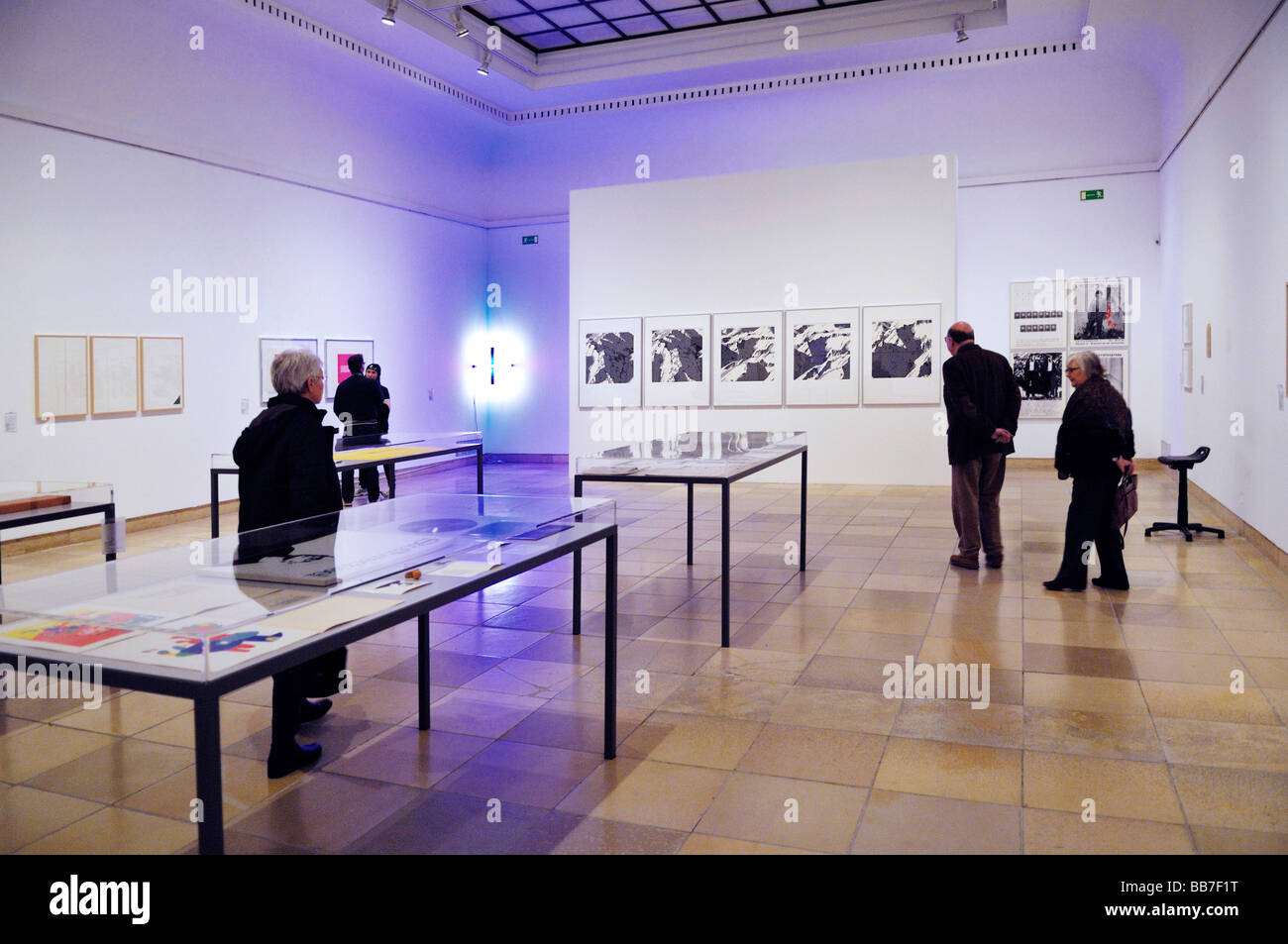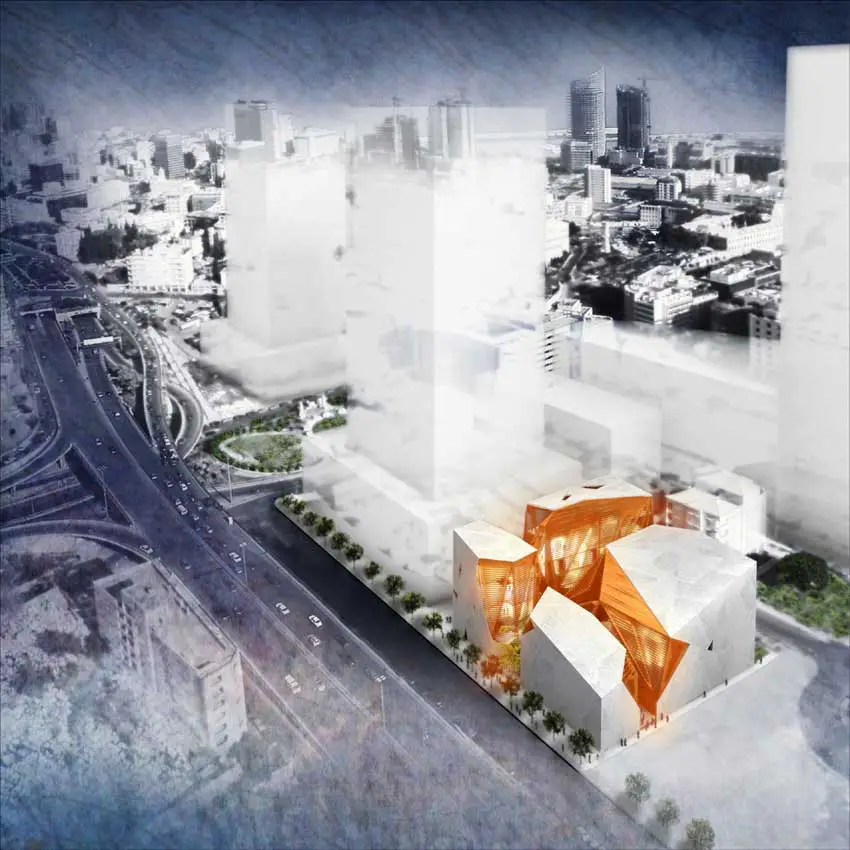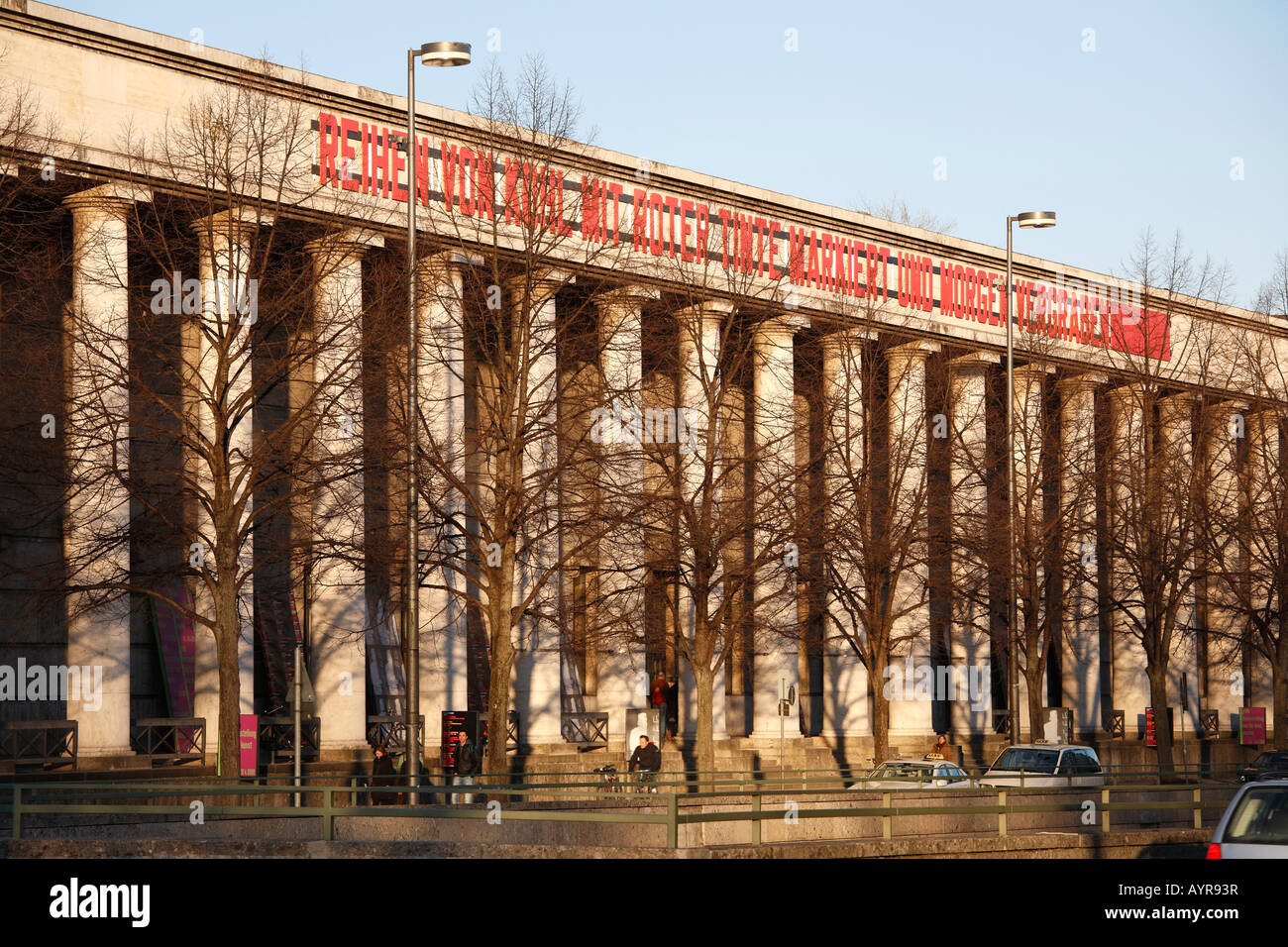Your Art House: Discover & Buy Art Online
Such institutions serve as a dedicated space for the creation, exhibition, and appreciation of artistic endeavors. These places typically encompass galleries, studios, and workshops, providing resources and opportunities for both artists and the public. A museum showcasing a collection of Renaissance paintings, a community center offering pottery classes, or a privately owned gallery representing emerging artists are examples.
The significance of these establishments lies in their ability to foster creativity, preserve cultural heritage, and promote artistic expression. Historically, they have acted as patrons and incubators of talent, playing a vital role in shaping artistic movements and trends. Furthermore, they offer educational opportunities, stimulate dialogue, and enhance the aesthetic environment of a community.
Understanding the function and impact of these artistic hubs is essential for exploring related topics such as art curation, art market dynamics, and the role of art in society. Subsequent discussion will delve into these areas, providing further insight into the multifaceted world of artistic production and consumption.
- Liz Cheney Husband Children Age Net Worth
- A Glance At Ayana Fite Net Worth
- Astrology Birth Chart Of Matthew Sturniolo Tiktok
- Meet Cheyenne Elliott Dionne Warwick S Granddaughter
- Perry Mattfeld S Wiki Husband Height Net
Frequently Asked Questions Regarding Centers for Artistic Expression
The following addresses common inquiries related to institutions dedicated to the creation, display, and appreciation of artistic works. These answers aim to provide clarity on the purpose, function, and impact of such establishments.
Question 1: What is the primary function of a dedicated artistic space?
The primary function is to provide a venue for artists to create, exhibit, and sell their work. These locations also serve as educational centers, offering workshops, classes, and lectures to the public.
- Joe Barry Net Worth Is He Really
- Who Is Tommy Aldridge Dating Now Past
- Janelle Is Better Youtube Star Detailed Bio
- Ross Naess Children Indigo Naess Leif Naess
- Wait A Minute Could Gina And Mack
Question 2: What types of activities typically occur within its walls?
Activities include art exhibitions, studio work, art classes, lectures, artist talks, workshops, and community art events.
Question 3: Who typically benefits from the presence of such an institution?
Artists, art collectors, students, community members, and tourists benefit from these spaces. Artists gain exposure and sales opportunities, while the public gains access to art and cultural experiences.
Question 4: What role do they play in the local community?
Such institutions contribute to the cultural vibrancy of a community by attracting visitors, stimulating economic activity, and fostering a sense of civic pride.
Question 5: How does one typically support the operations of such a place?
Support can be provided through donations, membership fees, sponsorships, grants, and purchases of artwork. Volunteer opportunities are also a valuable form of support.
Question 6: What distinguishes a successful artistic establishment from a less successful one?
A successful one is characterized by a clear mission, a strong community engagement strategy, effective management, and a diverse range of programming that appeals to a broad audience.
In summary, dedicated spaces for artistic expression are vital components of a healthy cultural ecosystem, offering numerous benefits to artists and the community at large. Their continued support is essential for the preservation and promotion of artistic endeavors.
The subsequent section will examine the various types of activities and events commonly hosted in such centers, providing a more detailed understanding of their operational dynamics.
Guidance for Operating an Artistic Establishment
Effective management and operation are crucial for ensuring the sustainability and success of spaces dedicated to artistic expression. The following guidance provides insights into key areas of focus.
Tip 1: Develop a Clear Mission and Vision. A well-defined mission statement guides all operational decisions and communicates the institution's purpose to the public. A clear vision articulates the long-term goals and aspirations.
Tip 2: Cultivate a Strong Community Engagement Strategy. Building relationships with local artists, residents, and organizations is essential for fostering a sense of community ownership and support. This can be achieved through outreach programs, collaborative projects, and community events.
Tip 3: Implement Sound Financial Management Practices. Careful budgeting, expense tracking, and fundraising efforts are vital for financial stability. Explore diverse funding sources, including grants, donations, sponsorships, and earned income.
Tip 4: Prioritize Art Curation and Presentation. The selection and display of artwork should be carefully considered to ensure a high-quality and engaging visitor experience. Consider diverse artistic styles, mediums, and perspectives.
Tip 5: Offer Diverse Programming and Educational Opportunities. A variety of activities, such as workshops, lectures, artist talks, and community events, can attract a wider audience and enhance the institution's educational value.
Tip 6: Utilize Effective Marketing and Communication Strategies. Promote events, exhibitions, and educational programs through a comprehensive marketing plan that includes social media, email marketing, public relations, and traditional advertising.
Tip 7: Maintain a Safe and Welcoming Environment. Ensure the physical space is accessible, well-maintained, and conducive to artistic exploration and appreciation. Implement security measures to protect artwork and visitors.
Tip 8: Develop a Network of Support. Advisory boards, volunteers, and collaborative partnerships with other organizations can provide valuable expertise, resources, and advocacy.
Adherence to these principles will contribute significantly to the creation of a thriving and impactful center dedicated to artistic expression. Careful planning and execution are essential for realizing the full potential of such institutions.
The concluding section will summarize the core concepts discussed throughout this discourse and reiterate the importance of these spaces in fostering artistic creation and cultural enrichment.
Conclusion
This discussion has explored the function, operation, and significance of the "house of art" a dedicated space for the creation, exhibition, and appreciation of artistic works. From its role in fostering creativity and preserving cultural heritage to its contribution to community engagement and economic vitality, the importance of such institutions cannot be overstated. The operational guidance provided offers a roadmap for establishing and sustaining a thriving artistic establishment.
The continued support and development of these centers are essential for the enrichment of society and the advancement of artistic expression. The future of art relies on the commitment to nurturing these spaces, ensuring their accessibility, and fostering a culture that values creativity and innovation. Let us collectively recognize and champion the vital role that the "house of art" plays in shaping our world.
- Justin Rutter Found Or Missing Is He
- Delaynee Nelson Bio Age Wiki Facts And
- Liz Cheney Husband Children Age Net Worth
- Who Is Corinna Kopf Biography Net Worth
- What Happened To Mike Zobel Wife And

Exhibition in the Haus der Kunst, House of Art, Munich, Bavaria

House of Arts and Culture Beirut Mikou earchitect

House of art hires stock photography and images Alamy